
Hanging Planter Box: A Complete Guide to Choosing, DIYing, and Styling
Introduction
Hanging planter boxes are trending in home decor and gardening. They add a charming touch to any space, indoors or outdoors. These versatile planters enhance aesthetics while saving floor space. In this article, we’ll cover everything you need to know about hanging planter boxes, including types, DIY projects, and styling tips.
Summary and Overview
Hanging planter boxes offer numerous benefits for both indoor and outdoor settings. They help maximize space and bring greenery into your home. With a variety of materials and styles available, you can find the perfect match for your decor. From wooden designs to sleek metal options, there’s something for everyone.
The DIY aspect invites creativity and customization. You can build your own unique planter boxes that reflect your style. In this article, we’ll explore the types of hanging planter boxes, materials to consider, and offer practical DIY tips. You’ll also learn how to style these planters to elevate your home decor.
To get started on your journey, consider using a Indoor Herb Garden Kit. Not only will you have fresh herbs at your fingertips, but you’ll also add a delightful green touch to your kitchen.
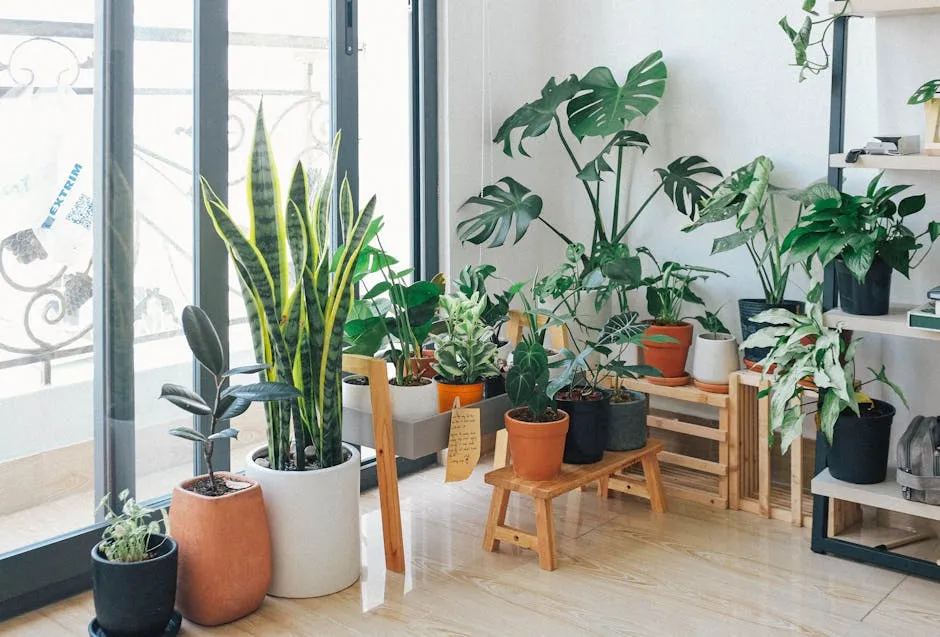
Types of Hanging Planter Boxes
Material Choices
When selecting a hanging planter box, consider the material. Each option has unique benefits and drawbacks.
Wooden Planter Boxes are classic and rustic. They provide excellent insulation for roots. However, they can be prone to rot if not treated. If you’re considering a DIY project, look for a Wooden Planter Box Kit that comes pre-cut and ready for assembly.
Metal Hanging Planters add a modern touch. They are durable and resistant to weather elements. Keep in mind they can heat up quickly in direct sunlight, affecting plant health.
Fiberglass Planters are lightweight and easy to maintain. They resist fading and cracking, making them ideal for outdoor use. However, they can be more expensive than other options. If you’re looking for a stylish option, consider a Fiberglass Hanging Planter.
Ultimately, the choice of material depends on your personal style and the environment where the planter will hang. Consider factors like durability, weight, and aesthetic appeal when making your decision.
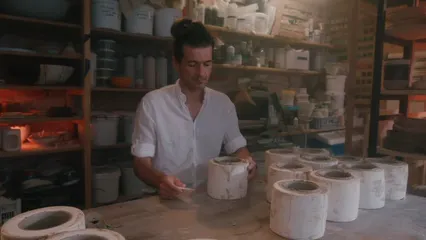
Styles and Designs
Hanging planter boxes come in various styles. Each style can shift the mood of your space dramatically.
Rustic designs often feature natural wood finishes. They bring warmth and charm, perfect for cozy settings. Think of a cabin or a garden retreat.
Modern hanging planters offer sleek lines and minimalist designs. These planters are typically made of metal or fiberglass. They can create a chic, contemporary vibe in your home.
Farmhouse styles combine rustic elements with practicality. They often include distressed wood and metal accents. This style adds a touch of nostalgia, making spaces feel inviting and homey.
The design of your planter affects your overall decor. A modern planter can complement sleek furniture. Alternatively, a rustic planter can enhance vintage or eclectic styles.
Choosing the right design ensures that your hanging planters fit seamlessly into your space. Consider your home’s aesthetic when selecting planters. Do you prefer a clean, modern look or a warm, rustic feel?

DIY Hanging Planter Box Projects
Basic Tools and Materials Needed
Creating your own hanging planter box is rewarding and fun. To start, gather these essential tools:
- Saw: A table saw or circular saw works well.
- Drill: You’ll need this for making holes and driving screws.
- Screws: Choose screws suitable for your chosen material.
- Measuring Tape: Accurate measurements are vital for a good fit.
Next, collect materials for your DIY project:
- Wood: Plywood or solid wood are great choices.
- Paint: Use outdoor paint if it will hang outside.
- Hooks: Heavy-duty hooks will secure your planter safely.
With these tools and materials, you’re ready to create a homemade planter box that fits your style.

Step-by-Step Guide
Now that you have your tools and materials, let’s build a basic hanging planter box.
Step 1: Measure and Cut
Begin by measuring your wood. Common dimensions are 12 inches long and 6 inches high. Cut your pieces accordingly.
Step 2: Assemble the Box
Attach the front and back pieces to the bottom piece using screws. Make sure they are straight and secure.
Step 3: Add Sides
Next, attach the side pieces. This will shape your planter box.
Step 4: Drill Hook Holes
Pre-drill holes for the hooks. Ensure they are evenly spaced for balance.
Step 5: Paint and Personalize
Once assembled, paint your box. You can also add stencils for a personal touch.
Safety Tips: Always wear protective gear while using power tools. Keep your workspace organized to prevent accidents.
Common Pitfalls: Ensure screws are not too long, as they can poke through the wood. Double-check measurements before cutting to avoid waste.
Follow these steps, and soon you’ll have a stylish hanging planter box that adds personality to your space!

Choosing the Right Plants for Hanging Planters
Best Plant Options
Selecting the right plants is crucial for your hanging planters. Popular choices include herbs, flowers, and succulents. Herbs like basil, thyme, and mint thrive in hanging boxes. They require at least 6 hours of sunlight daily and prefer well-drained soil. Flowers such as petunias and fuchsias bring vibrant colors. They enjoy bright, indirect light and need regular watering to keep the soil moist. Succulents like string of pearls or trailing jade are perfect for low-maintenance options. They thrive in bright light and require minimal watering.
When choosing plants, consider your space’s light conditions. Ensure you select plants suited to the amount of sunlight available. For example, if your space is mostly shaded, opt for shade-tolerant herbs or flowers.
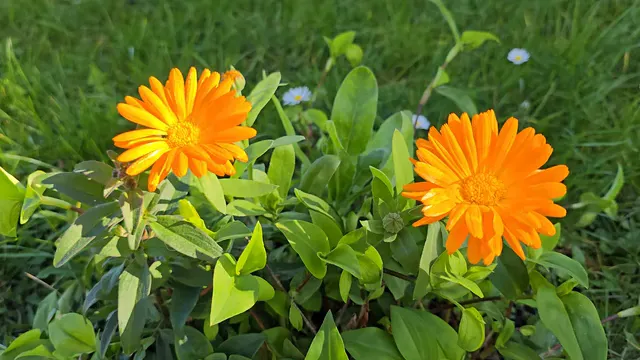
Considerations for Plant Health
Keeping your plants healthy is essential. Start with proper drainage. Ensure your hanging planters have drainage holes to prevent waterlogging. Excess water can lead to root rot, harming your plants. Watering frequency depends on the plants and environment. Check the soil moisture regularly.
Choosing the right soil is also vital. Use a high-quality potting soil mix designed for your selected plants. For herbs, a mix that retains moisture yet drains well is ideal. This promotes healthy growth and improves plant health. Remember to monitor your plants regularly, as healthy plants are more resilient to pests and diseases.
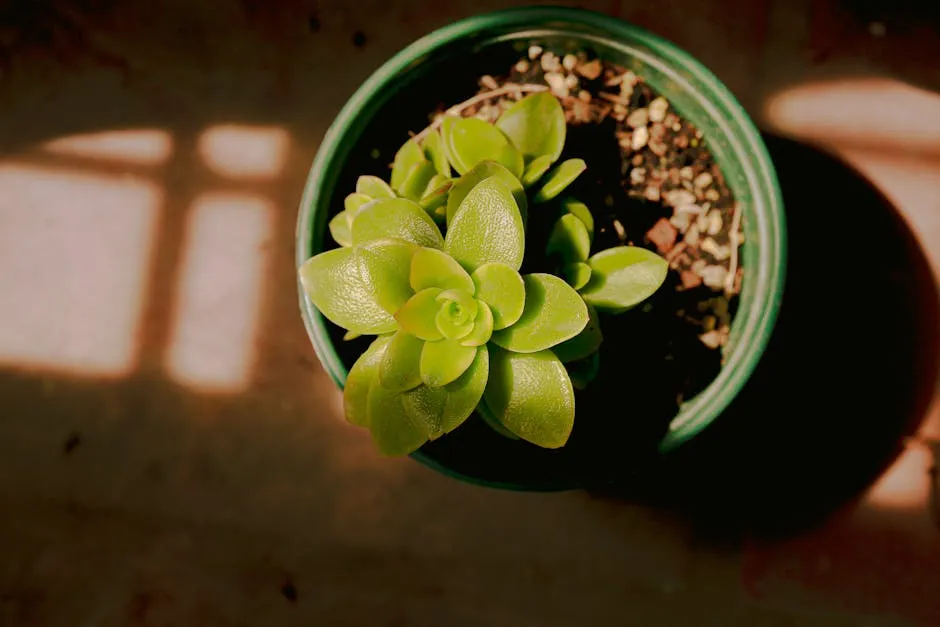
Styling Your Hanging Planter Boxes
Placement and Arrangement
Choosing the right placement for your hanging planters enhances their visual appeal. If you’re hanging indoors, consider spots near windows where plants can receive ample light. For outdoor planters, hanging them on patios or balconies adds a charming touch.
Grouping multiple planters together creates a stunning visual effect. Mix different plant types and colors for an eye-catching display. You can also vary the heights by using hooks of different lengths. This layering creates depth and interest, making your space feel more inviting.
Consider the overall theme of your decor when arranging your planters. Do you prefer a cohesive look or a more eclectic style? Whatever your choice, ensure your arrangements reflect your personality and enhance your space.

Maintenance Tips for Hanging Planter Boxes
Regular Care Guidelines
Caring for your hanging planter boxes is essential for healthy plants. Start with a consistent watering schedule. Most plants prefer moist, but not soggy soil. Check the top inch of soil; if it feels dry, it’s time to water. In warmer months, you may need to water more frequently.
Fertilizing helps your plants thrive. Use a balanced liquid fertilizer every four to six weeks. This will provide necessary nutrients for growth. Remember to follow the instructions on the fertilizer package for best results.
Pruning is crucial too. Regularly remove dead or yellowing leaves. This encourages new growth and keeps your plants looking tidy. Deadheading flowers is also beneficial. It prevents them from going to seed, allowing for more blooms.
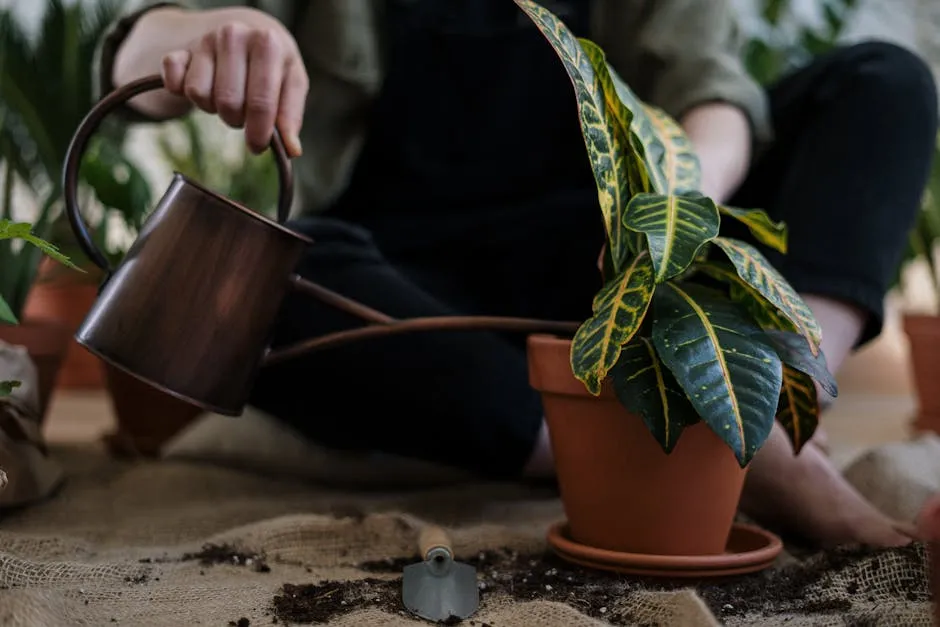
Dealing with Common Issues
Even the best care can’t stop all problems. Pests like aphids and spider mites may invade your plants. Inspect them regularly for any signs of trouble. If you spot pests, act quickly. Use insecticidal soap or neem oil spray as natural solutions.
Diseases can also affect your hanging planters. Fungal issues like powdery mildew thrive in high humidity. Ensure good air circulation around your plants. If you notice any signs of disease, remove affected leaves immediately.
Preventative measures are key. Choose healthy plants when buying. Always inspect them for pests before bringing them home. Additionally, avoid overcrowding your planters to reduce the risk of disease.
By following these maintenance tips, your hanging planter boxes will flourish, enhancing your space with vibrant greenery. For more detailed care tips, check out our article on seasonal maintenance tips for selfwatering container gardens in fall 2024.
To keep your hanging planters thriving, consider applying seasonal maintenance tips. seasonal maintenance tips for selfwatering container gardens in fall 2024
Conclusion
Hanging planter boxes are fantastic for enhancing home decor and gardening. They add green beauty to any space, whether indoors or outdoors. Plus, they save valuable floor space while showcasing your favorite plants.
Why not try creating your own DIY hanging planter? There are so many styles to choose from, so you can express your unique taste. If you need inspiration, explore our DIY vertical gardening ideas for apartments.
Creating your own hanging planter can be a fun project. Check out these DIY vertical gardening ideas for apartments for inspiration.
FAQs
What are the best materials for hanging planter boxes?
The best materials include wood, metal, and fiberglass. Wooden planters offer warmth but can rot if untreated. Metal planters are durable and modern but can heat up in the sun. Fiberglass is lightweight and weather-resistant, making it a great choice for outdoor use. Consider durability, weight, and aesthetic appeal when choosing.
How do I ensure my hanging planters have proper drainage?
To prevent waterlogging, ensure your planters have drainage holes. You can also add materials like gravel or small stones at the bottom for extra drainage. Using potting mix designed for containers can enhance drainage, reducing the risk of root rot.
Can I grow vegetables in hanging planter boxes?
Yes, many vegetables thrive in hanging planters! Plants like cherry tomatoes, lettuce, and herbs work well. Ensure they receive enough sunlight and water regularly for healthy growth.
How do I maintain my hanging planter boxes during winter?
For winter care, protect your plants from harsh frosts. Consider moving them indoors or using frost cloths. Choose winter-hardy plants like pansies or evergreens to keep your planters looking vibrant.
Are there any specific plants that do well in low light?
Absolutely! Plants such as pothos, spider plants, and ferns thrive in low light. They’re perfect for indoor hanging planters where sunlight is limited.
What tools do I need for making a DIY hanging planter box?
You will need a saw, drill, screws, and measuring tape. Materials include wood, paint, and heavy-duty hooks. These basics will help you create a stylish hanging planter box.
How can I personalize my hanging planter boxes?
Get creative with personalization! You can paint them in your favorite colors, add stencils, or even engrave names or designs. This adds a unique touch to your home decor.
Please let us know what you think about our content by leaving a comment down below!
Thank you for reading till here 🙂
All images from Pexels



